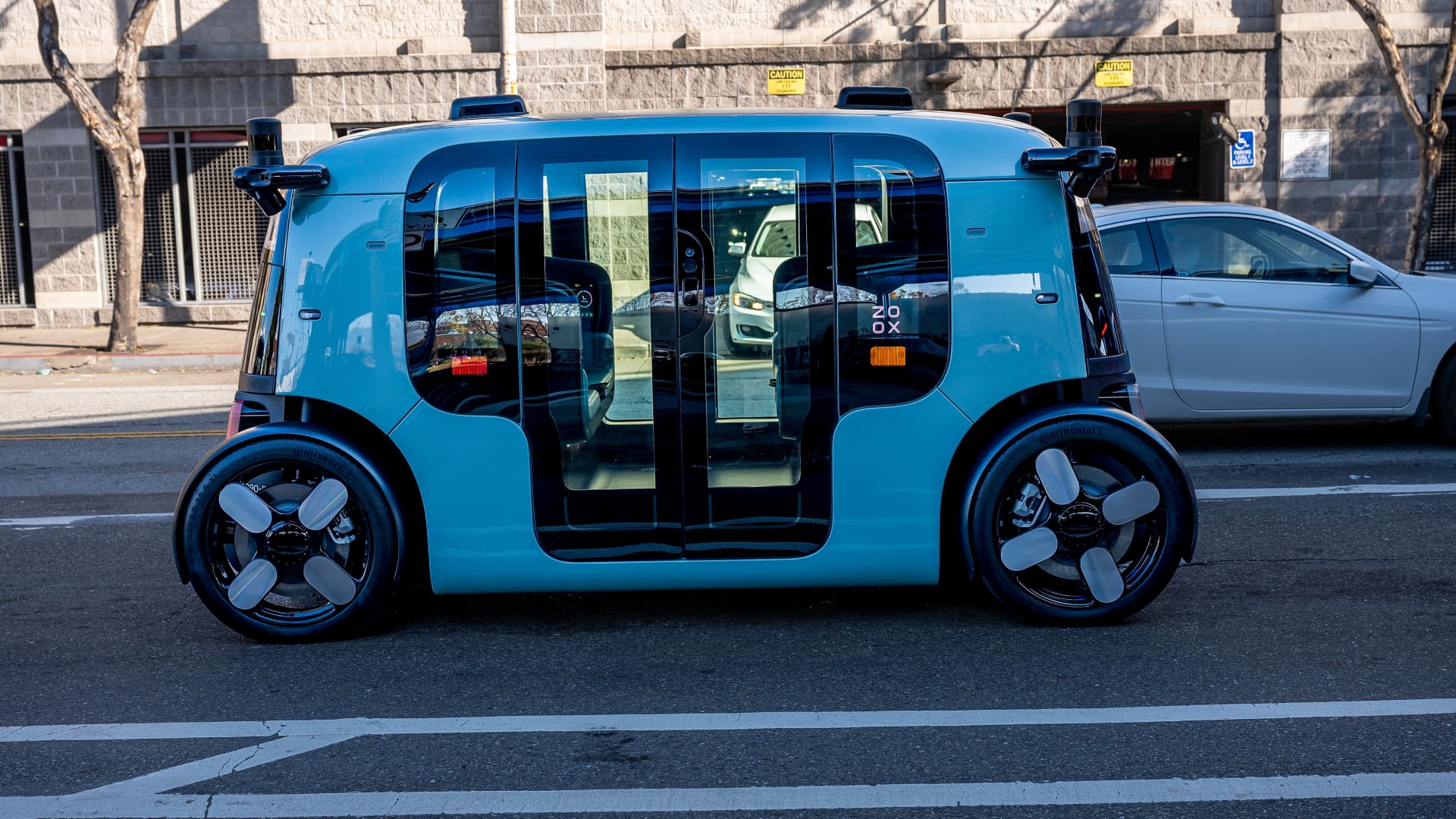Zoox Recall: A Comprehensive Analysis of Amazon’s Robotaxi Safety Concerns
The landscape of autonomous vehicles is rapidly transforming, with safety standing as the cornerstone of this technological revolution. Amazon’s self-driving venture, Zoox, recently navigated a significant safety scrutiny following a software recall affecting hundreds of its robotaxis. This event not only shines a spotlight on Zoox but also raises critical questions about the safety and reliability of autonomous driving systems. Let’s explore the intricacies of the Zoox recall, its implications, and the broader context of autonomous vehicle safety.
The Incident and Recall
On April 8, an unoccupied Zoox robotaxi was involved in a collision with a passenger car in Las Vegas. Fortunately, no injuries were reported. However, this incident prompted Zoox to halt operations temporarily while conducting an exhaustive safety review. The investigation uncovered a defect in the vehicle’s automated driving system that could cause it to inaccurately predict the movement of other vehicles, leading to sudden and unexpected hard braking.
In response, Zoox initiated a recall affecting 270 driverless vehicles. This recall specifically targets vehicles equipped with self-driving software versions released prior to November 5. Zoox has since developed a software update to rectify the issue, and the recalled software is no longer in use. The National Highway Traffic Safety Administration (NHTSA) also concluded its investigation into 258 Zoox vehicles regarding the braking issue, confirming that the necessary corrective actions have been implemented.
The Technical Issue
The crux of the problem resides in the automated driving system (ADS) of the Zoox vehicles. The ADS is responsible for perceiving the environment, making driving decisions, and controlling the vehicle. The defect identified in the recalled software versions could cause the ADS to misinterpret the movements of other vehicles, resulting in sudden and unexpected braking. This issue presents a significant safety risk, as abrupt braking can lead to collisions, particularly in urban settings where traffic is dense and unpredictable.
Zoox’s decision to recall the affected vehicles and update the software underscores a proactive approach to safety. By addressing the issue swiftly, Zoox aims to prevent potential accidents and uphold public trust in its autonomous driving technology.
The Broader Context of Autonomous Vehicle Safety
The Zoox recall is not an anomaly. Other autonomous vehicle companies have encountered similar challenges. For example, Waymo recalled over 670 self-driving vehicles last year due to a different issue. These incidents underscore the complexities and hurdles in developing and deploying safe autonomous driving systems.
Autonomous vehicles rely on a combination of sensors, cameras, and advanced algorithms to navigate roads. While these technologies have made substantial progress, they are not foolproof. Factors such as adverse weather conditions, complex urban environments, and the unpredictable behavior of other road users can pose significant challenges for autonomous driving systems.
Regulatory bodies like the NHTSA play a pivotal role in ensuring the safety of autonomous vehicles. They conduct investigations, establish safety standards, and oversee recalls when necessary. The NHTSA’s closure of the probe into Zoox vehicles indicates that the required corrective actions have been taken, and the vehicles are now safe to operate.
The Future of Autonomous Vehicles
The Zoox recall serves as a reminder that the development of autonomous vehicles is an ongoing process. While considerable progress has been made, there is still much work to be done to ensure the safety and reliability of these vehicles. Companies like Zoox must continue to invest in research and development, conduct rigorous testing, and address any issues that arise promptly.
Public trust is vital for the widespread adoption of autonomous vehicles. Incidents like the Zoox recall can erode public confidence, but proactive measures to address safety concerns can help rebuild trust. As the technology continues to evolve, it is crucial for companies to prioritize safety and transparency in their operations.
The Role of Public Perception
Public perception plays a significant role in the acceptance and integration of autonomous vehicles into daily life. High-profile incidents, such as the Zoox recall, can either bolster or diminish public trust. Transparency in addressing these incidents is key. Companies must communicate effectively with the public, detailing the steps taken to rectify issues and ensure safety. This transparency not only helps in rebuilding trust but also sets a standard for the industry.
Moreover, the media’s portrayal of such incidents can significantly influence public opinion. Balanced reporting that highlights both the challenges and the proactive measures taken by companies can help in maintaining a positive public perception. It is essential for companies to engage with the media proactively, providing accurate information and addressing concerns promptly.
Conclusion: A Call for Continued Vigilance
The Zoox recall underscores the paramount importance of safety in the development and deployment of autonomous vehicles. While the incident highlights the challenges faced by the industry, it also demonstrates the proactive measures taken by companies to address these challenges. As we move towards a future where autonomous vehicles become a common sight on our roads, it is essential to maintain a high level of vigilance and prioritize safety above all else. The Zoox recall serves as a reminder that the journey towards fully autonomous vehicles is ongoing, and every step must be taken with caution and care. The future of autonomous driving is bright, but it is a future that must be built on a foundation of safety and reliability.







